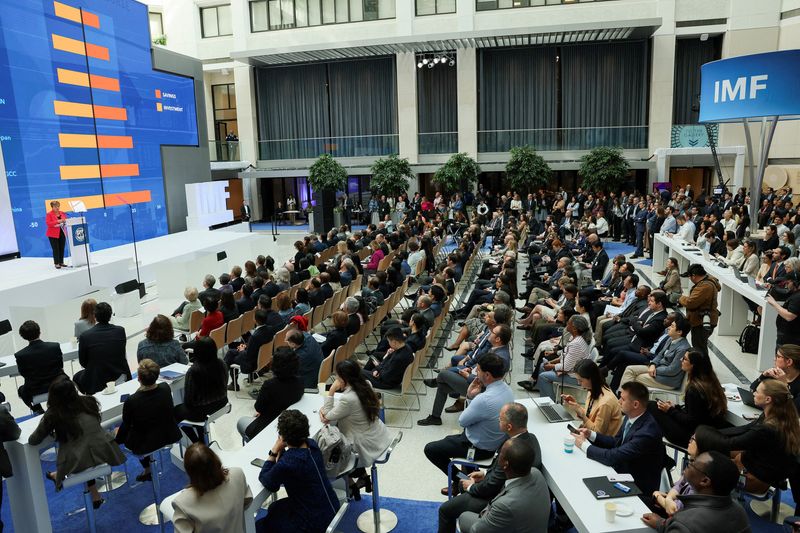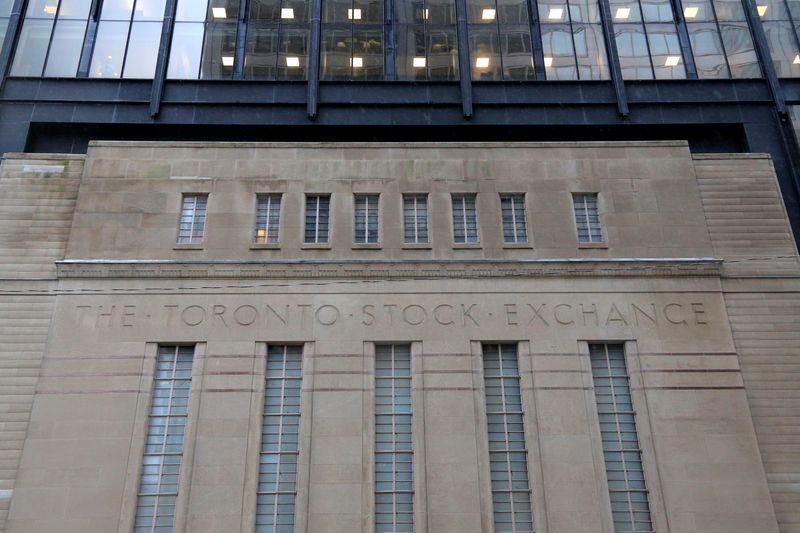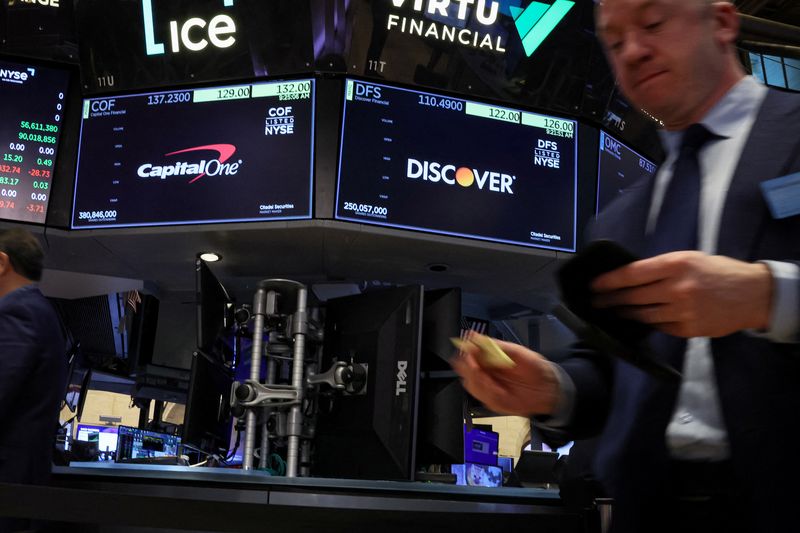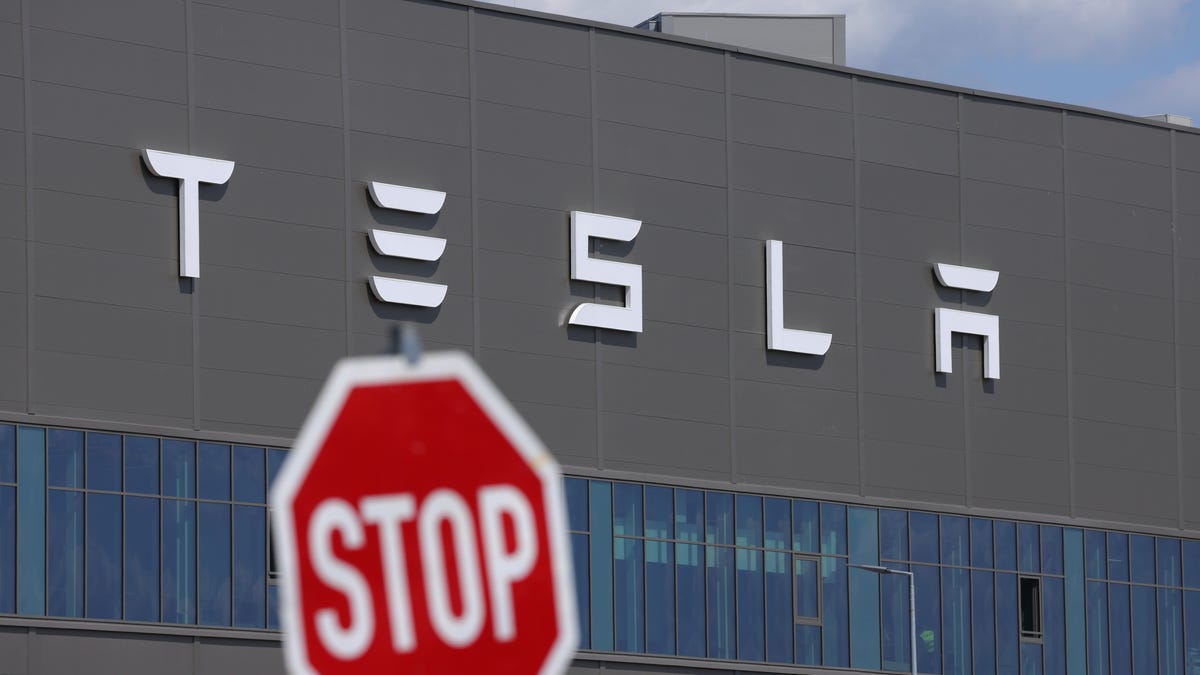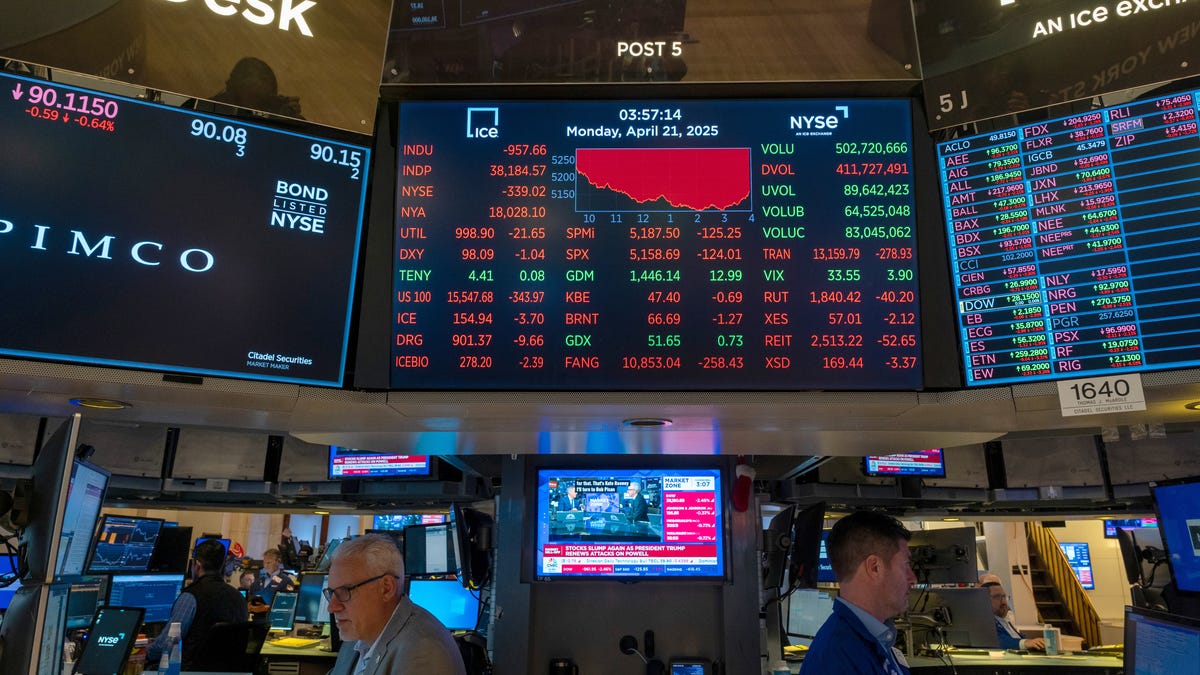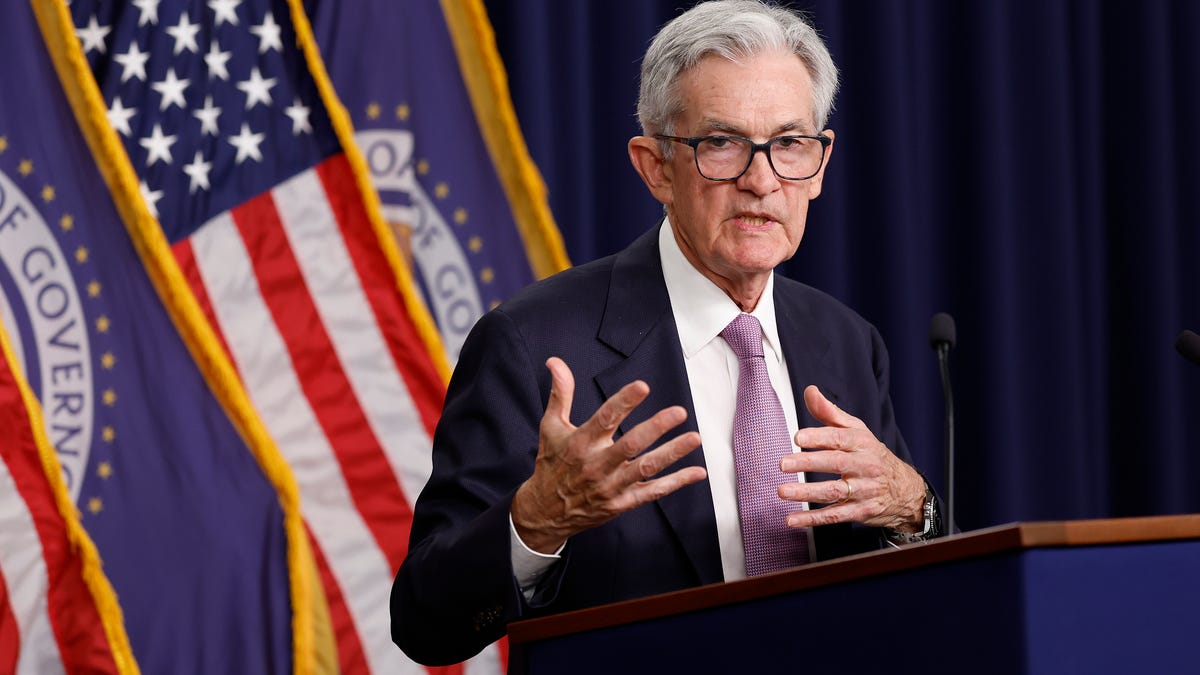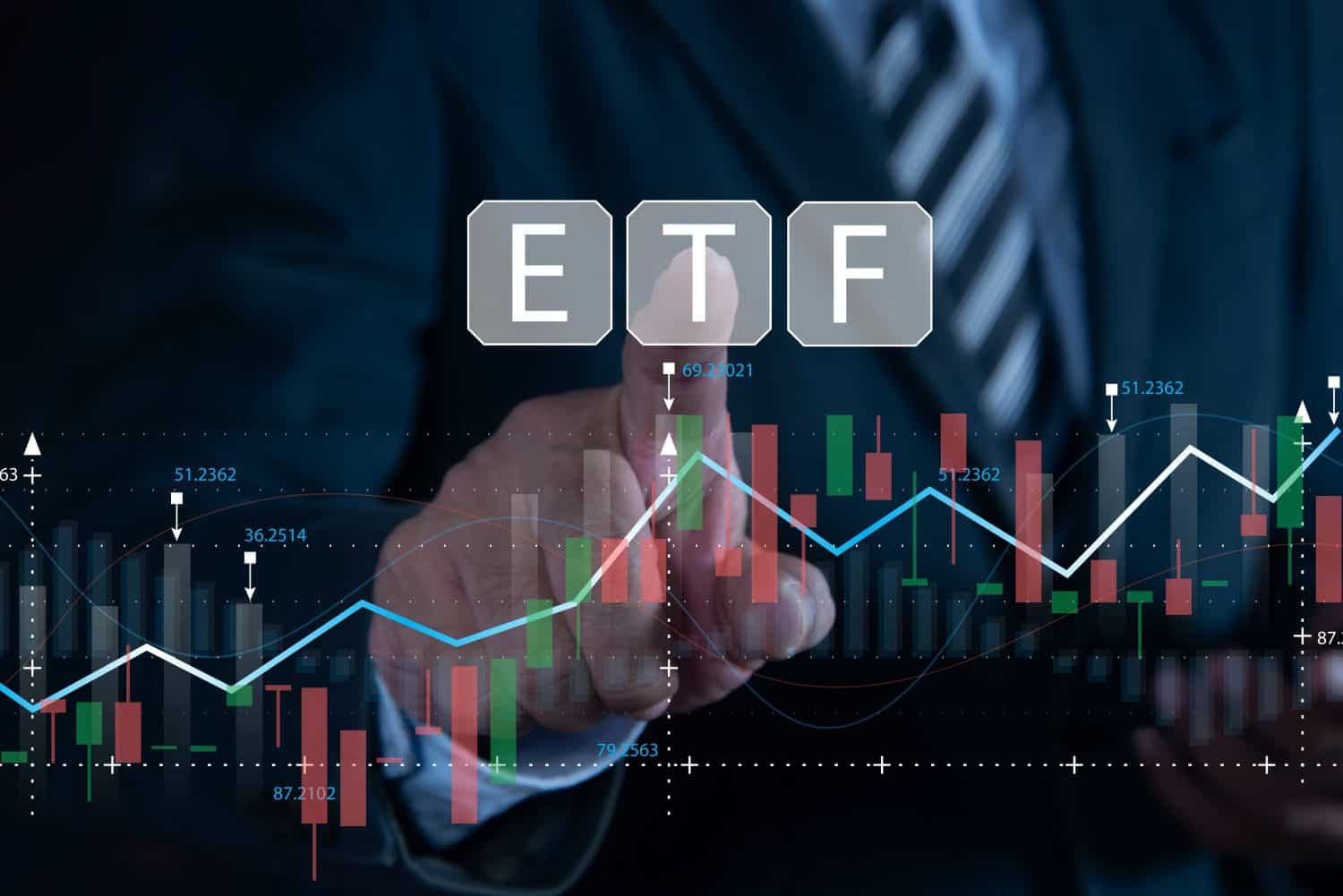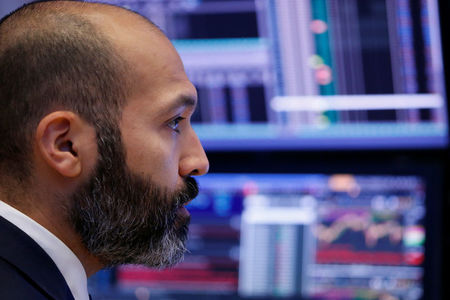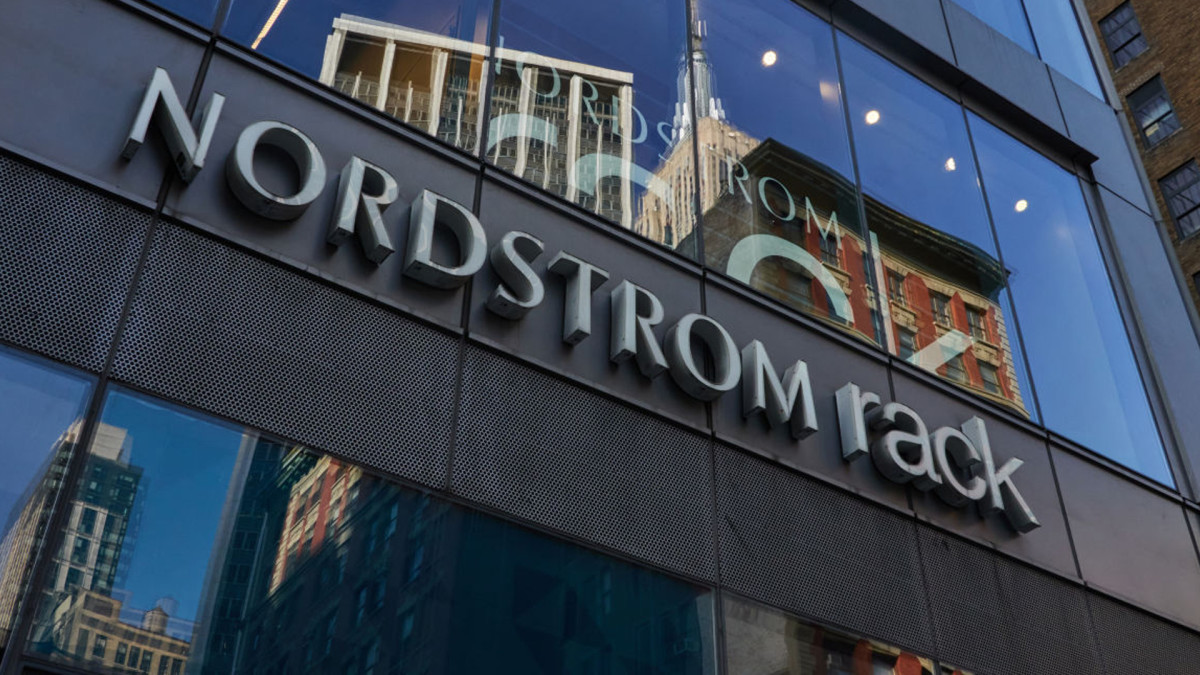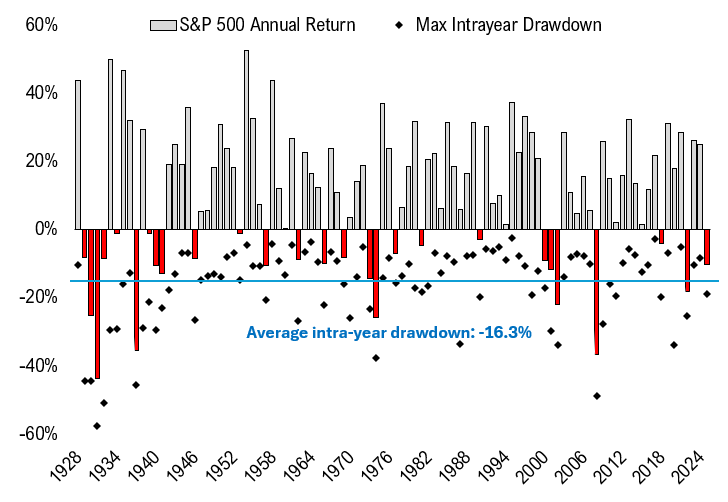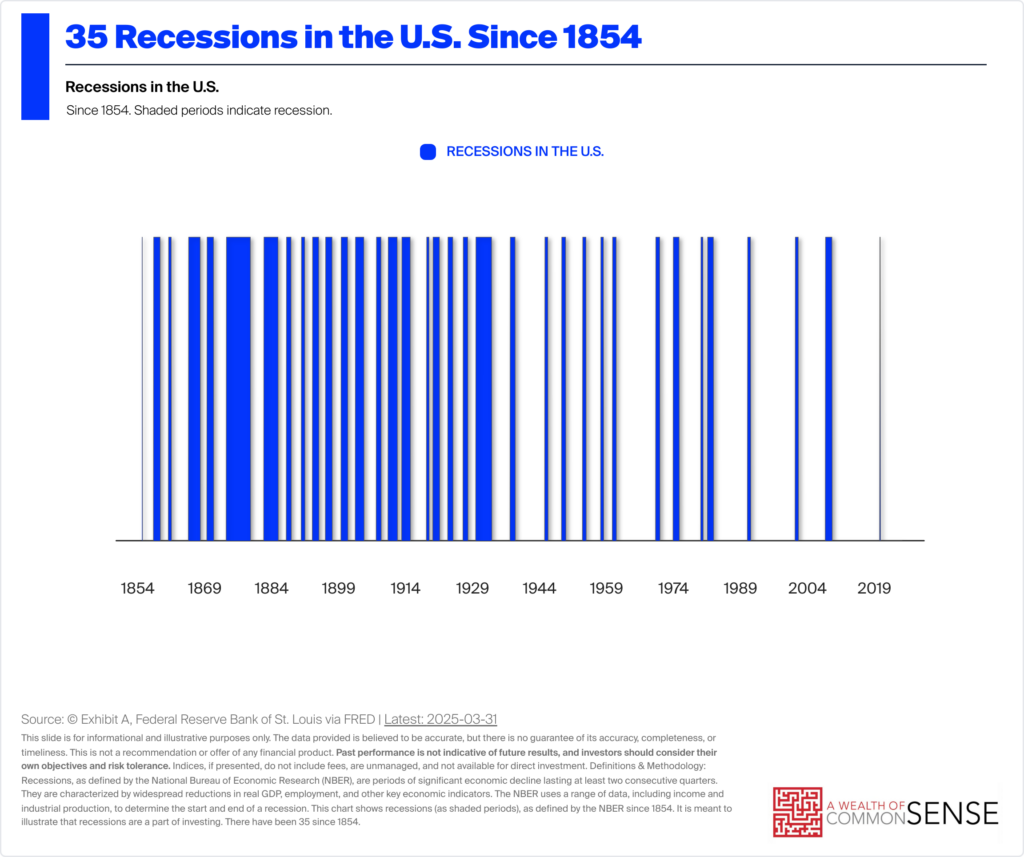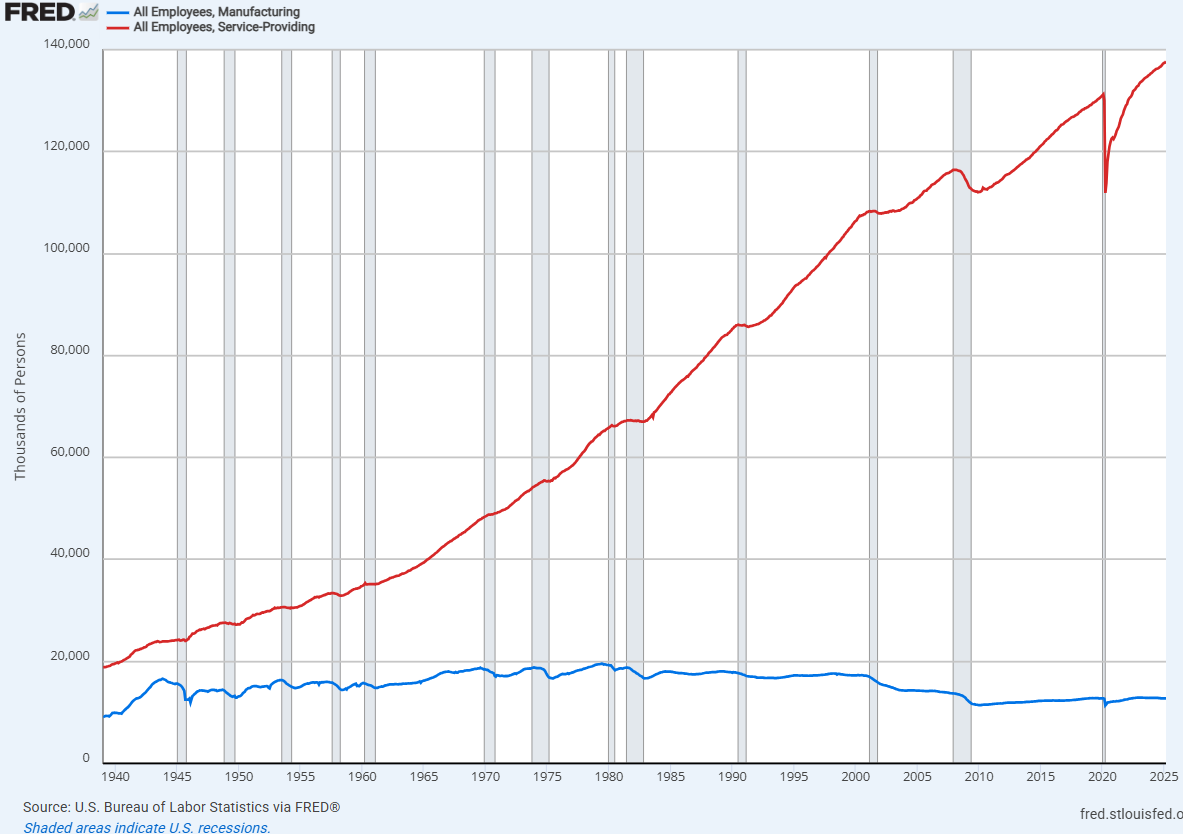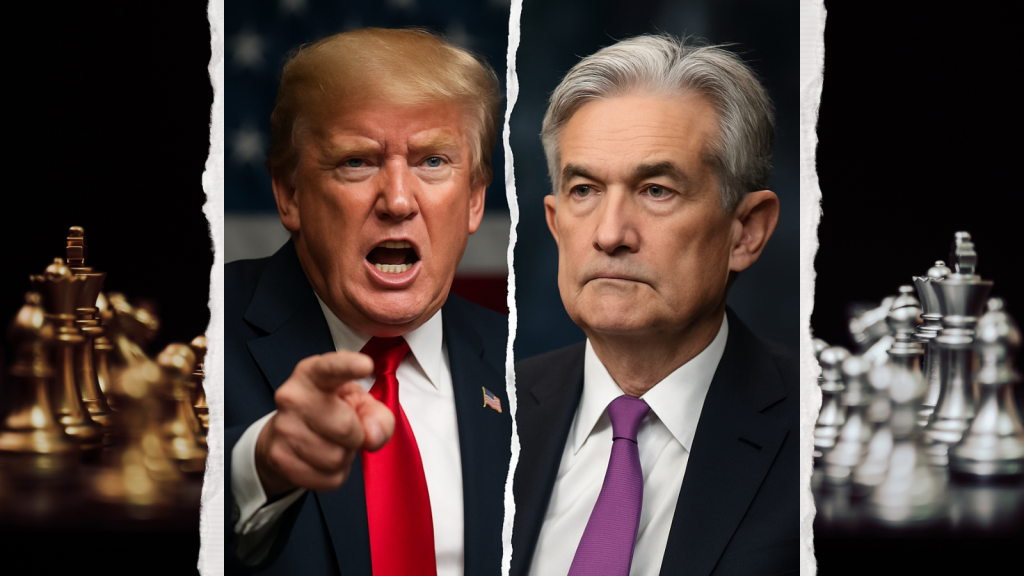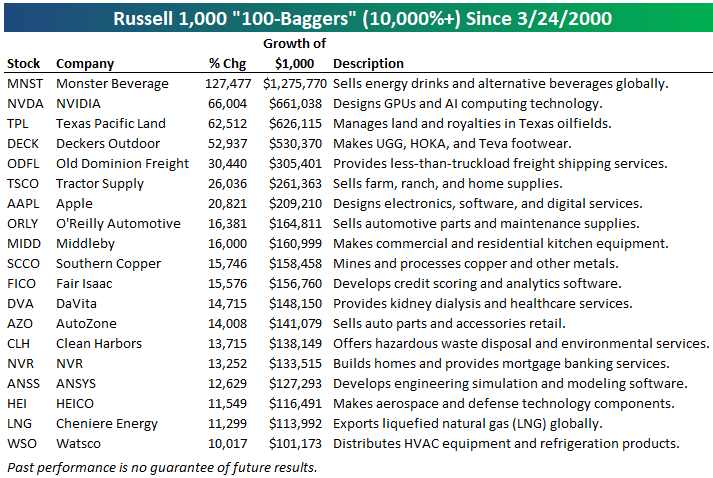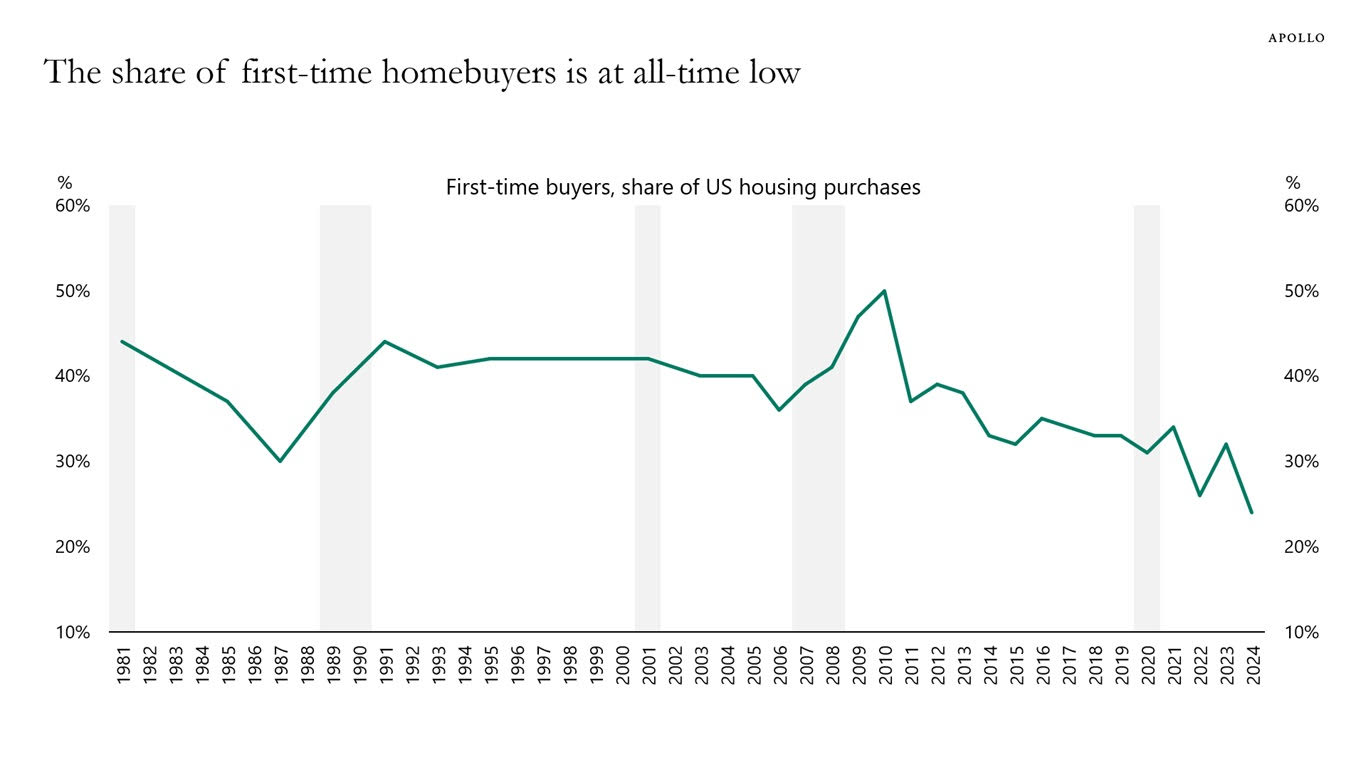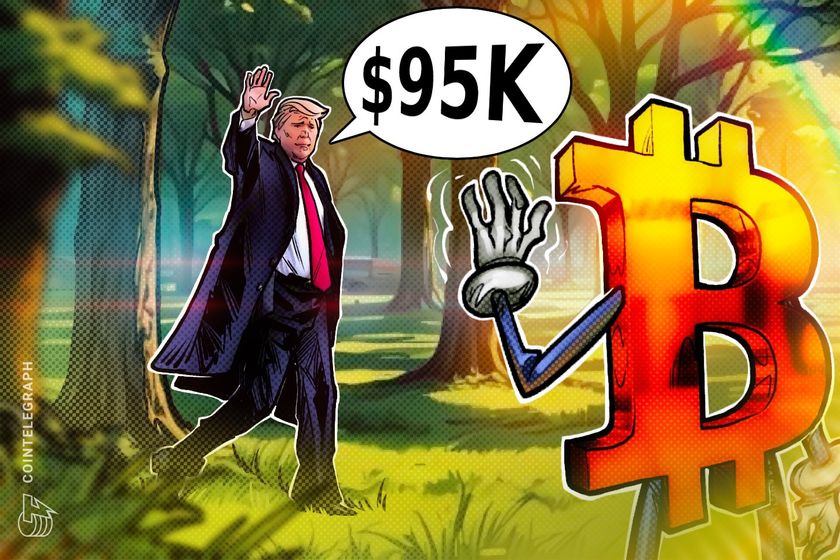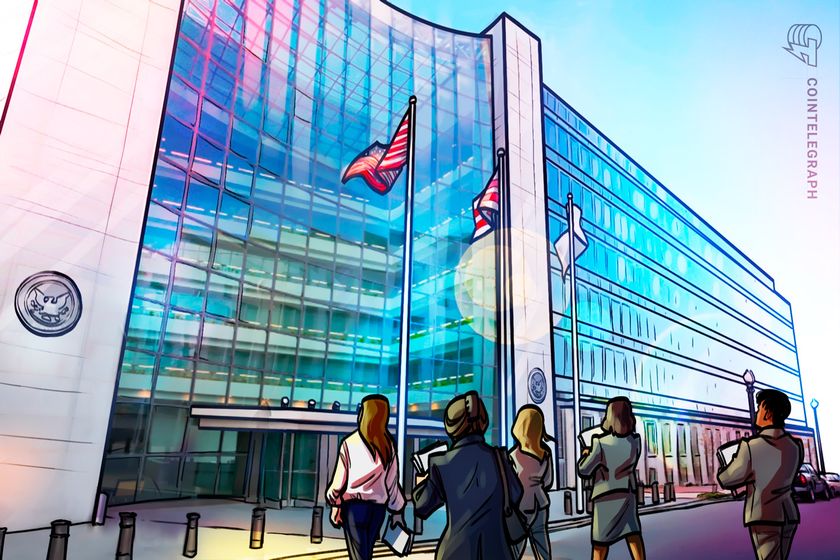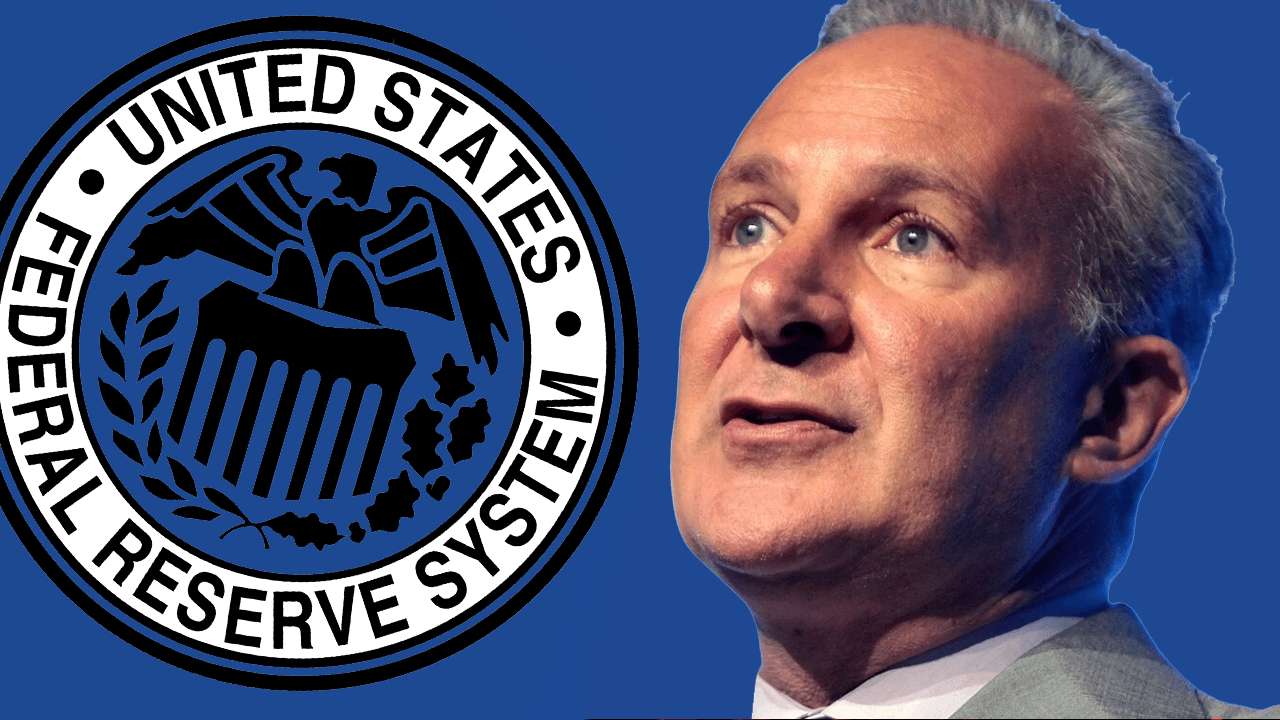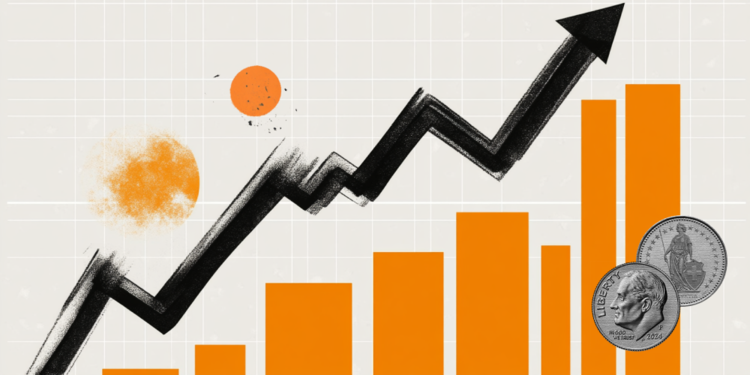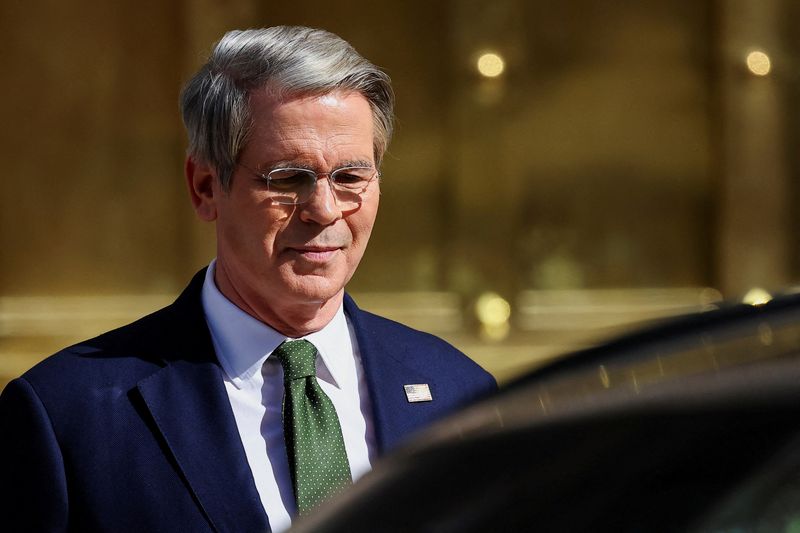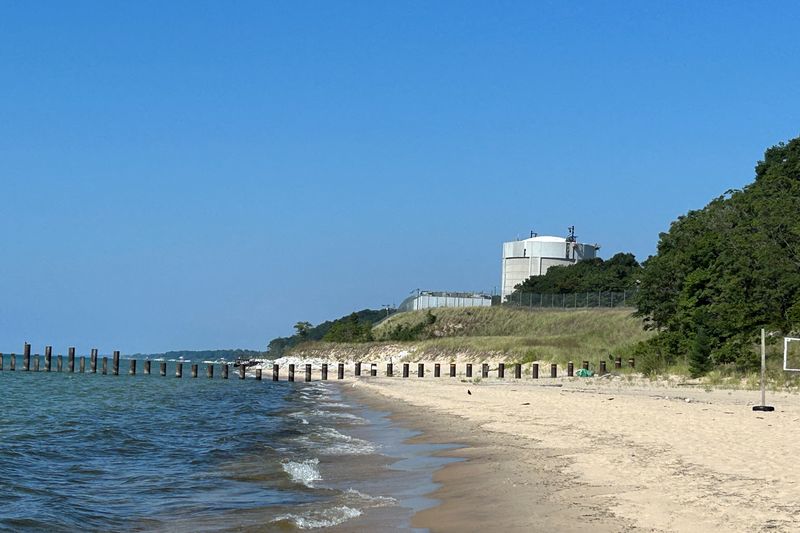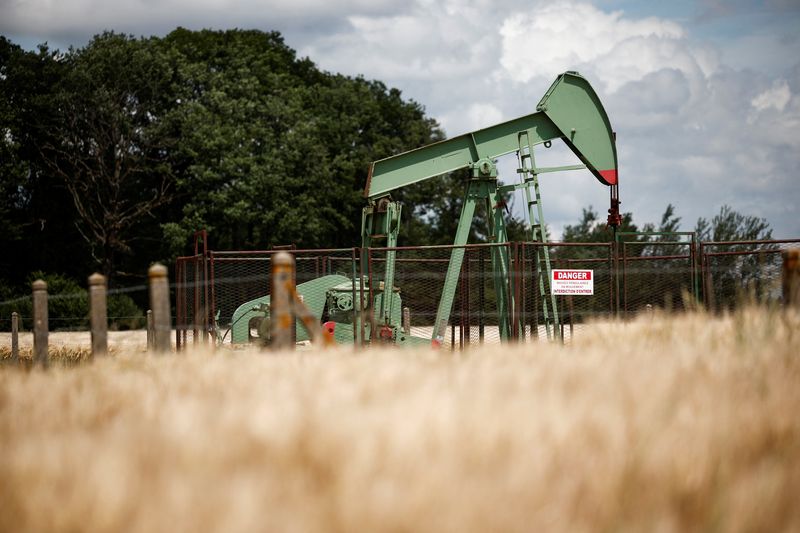David Solomon’s pay hinges on whether Goldman is more than just a bank
The retention packages for Chief Executive Officer David Solomon and President John Waldron give the latter more reason to stick around to run the place.

As Goldman Sachs Group Inc. asks shareholders this week to back $160 million in special bonuses for its top two executives, the hope is that investors will agree that the firm is far more than a storied investment bank.
The retention packages for Chief Executive Officer David Solomon and President John Waldron give the latter more reason to stick around to run the place — but Goldman’s justifications go beyond that. It says their compensation needs to reflect their status as the heads of a private-markets giant.
“The board considered the unique competitive threats for talent that Goldman Sachs faces, including from alternative management firms and others beyond the traditional banking sector,” the firm said when announcing the bonuses and a new carried-interest program in January. After all, it noted, Goldman is “a top 5 alternative asset manager.”
Now, in a non-binding vote, shareholders are poised to weigh in at an annual meeting in Dallas on Wednesday with an unusually controversial ballot on Goldman’s compensation practices.
At the heart of the spat is the blurring line between diversified investment banks and alternative investment firms — known as “alts” — in the era of burgeoning private markets. Both sides are expanding beyond their traditional roles, with banks gathering more money from wealthy and institutional investors to invest privately in companies, while alts are scaling up lending.
In recent years, the firm has increasingly pitched itself as a competitor to the likes of Blackstone Inc., KKR & Co. and Apollo Global Management Inc., which carry higher market valuations and give non-founding leaders a shot at billionaire status. But ahead of Goldman’s vote, several influential voices have lined up against rewarding its own top brass in a similar fashion.
Unlike the performance-linked bonuses that Wall Street banks have mostly favored since the financial crisis, Goldman has dangled a pair of $80 million multiyear restricted stock bonuses for Solomon and Waldron that principally require they remain at the firm five more years. Wells Fargo & Co. analyst Mike Mayo said that could be “alienating” to Goldman’s workforce. Two prominent shareholder advisory firms urged investors to reject the packages, with one labeling it “excessive” and the other calling the layering of incentives “poor practice.”
“This advisory vote is solely for the purpose of offering our shareholders a chance to give an opinion on executive compensation,” Goldman spokeswoman Jennifer Zuccarelli said by phone.
Goldman’s private markets pitch is raising questions about whether banks’ valuations and compensation should be narrowing the gap with alts, too.
Goldman Sachs Asset Management now boasts about $500 billion of private assets among the $3.2 trillion total stockpile the firm supervises, largely comprised of public markets funds. Blackstone, the world’s largest alts firm, holds more than $1 trillion in private assets.
“This is a business getting into the same zip code as some of the largest publicly traded alternative asset managers,” said Devin Ryan, an analyst at Citizens Financial Group Inc. “I still think they’ve been underselling the financial opportunity to the firm — if they execute well.”
For now, Goldman’s stock-market valuation shows the firm still has more work ahead to persuade shareholders.
Its shares are worth about 12 times earnings — roughly in line with banking peers such as JPMorgan Chase & Co. and Morgan Stanley. In contrast, alt giant KKR trades at about 29 times earnings, and Blackstone — rewarded by investors for its light balance sheet approach and focus on fees — hovers around 37 times earnings.
At Goldman, investors have long focused on the performance of its investment banking and trading franchises. Achieving a multiple close to the alts “seems unlikely because it’s going to be hard it for it to be anywhere close to the biggest driver of Goldman’s earnings,” said Christian Bolu, an analyst at Autonomous Research.
The divergence also shows up in pay. JPMorgan granted CEO Jamie Dimon $39 million for 2024, in line with Solomon. Meanwhile at KKR, carried interest, bonus payments and stock awards allowed its co-chiefs to earn $73 million and $64 million each.
Even the biggest banks’ CEO pay packages can be dwarfed by what their private equity peers make in incentive fees and the cut of profits from funds known as carried interest. Blackstone founder and CEO Steve Schwarzman earned $83.7 million from those sources last year. And as the firm’s single largest shareholder, the billionaire also reaped some $916 million in dividends on top of his compensation.
“Talent is a really important part of this business, so you have to be competitive,” Bolu said. “If it’s growing faster and returning more money, I don’t think the worry should be about compensation.”
Goldman is also starting to mimic carried-interest programs in its own pay structure — offering top executives including Solomon and Waldron a slice of profits from its private funds, according to its January disclosure.
Solomon has been talking up Goldman’s growth story, particularly as the firm opens more of its funds to individuals hunting for outsized returns. On an earnings call this month, he emphasized that the steady revenues earned from management fees are part of a lucrative and persistent trend in private markets.
“We are still in long-term secular growth with respect to private assets and private asset allocation overall,” Solomon said. “That secular growth over the next five, 10, 15 years is going to be meaningful as more people continue to shift to gain exposure to private assets.”
As it happens, this is a tough moment for alts. President Donald Trump’s tariff policies have injected bouts of uncertainty into global markets, setting off surges in trading that have benefited banks, while making it harder for buyout firms to sell or publicly list the companies they control.
Goldman’s private-equity arm, at least, is in a relatively comfortable spot. It’s heavily tilted toward investments in asset-lite services and technology firms that are relatively less affected by tariffs. The team also exited many of its investments in the wake of the pandemic, easing pressure on the firm to cash out this year, according to a person familiar with the matter.
Still, management fees from its asset-and-wealth management unit are expected to clock the smallest growth in the last five years, according to a Bloomberg consensus of analyst estimates.
Citizens’ Ryan predicts that within two years, the asset-management business as a whole could grow to contribute roughly a third of Goldman’s earnings, up from about a quarter in 2024, and it could double its private assets under management to $1 trillion within five years.
When pressed at a media event in April about how fast its alternatives investments may grow in the coming years, Marc Nachmann, the head of Goldman Sachs Asset Management, smiled wryly.
“We don’t have a target out there,” said the usually taciturn executive. “I would expect the alternative bit to grow faster than the traditional bit. We expect, hope, work on growing both of them.”
This story was originally featured on Fortune.com




